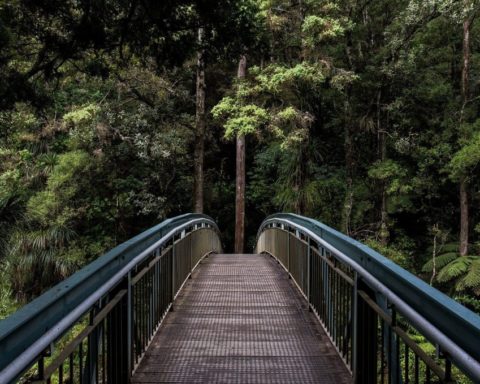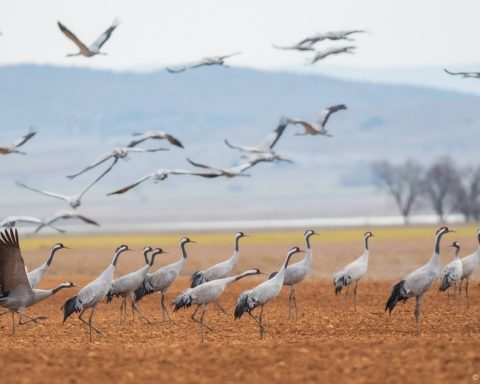Energy transition in action: for the past 75 days, Costa Rica has been powered exclusively by renewable energies! Since the beginning of the year, Costa Rica has become a paradise for ecologists and those who believe that the future of electricity lies in renewable energy sources. This small Central American country has set a new record: supplying electricity to everyone for 75 days without using fossil fuels. This record is due to specific geographical features and a clear political will.
Since the beginning of the year, Costa Rica has been generating 100 % of its electricity from renewable energies. No oil, no coal, just renewables! On March 19, Costa Rica's state-run electricity company (ICE) announced that it had generated all its electricity from renewable resources for a period of 75 days. This Central American republic, already distinguished by its renewable electricity mix of over 90%, has now set an all-time record: according to the national electricity institute, Costa Rica has become the first country to go so long without fossil fuels to meet its electricity needs.
The rest of this year's energy mix comes from geothermal power (converting heat from underground into energy), biomass (converting waste into energy by combustion), wind power and solar power. A report by France 24.
A helping hand from nature
Electricity production at the country's hydroelectric power stations has received a major boost from nature since the start of the year. Heavy rains have filled the country's four main water reserves well beyond ICE's expectations.
Costa Rica's prowess is also due to the specific characteristics of this small country of 51,100 km². With a population of just five million, its economy is still heavily dependent on tourism and agriculture, and has few energy-intensive industries.
Costa Rica was therefore the natural candidate to set the record. The authorities, however, did everything in their power to secure it. For several years now, the country has been renowned as a leader in the development of renewable energies. Under the government's impetus, for example, wind and geothermal power grew by more than 10 % in one year. It is the state "in Central America with the highest proportion of renewables in its electricity mix (91 %)", reads the 2013 annual report on renewable electricity generation from the Energies for the World Foundation and the Renewable Energy Observatory.
Optimum coverage and moderate rates?
While the authorities are banking primarily on hydropower, Costa Rica has another secret weapon: volcanoes. More than 14 % of the country's electricity production came from geothermal sources in 2012, and the government plans to do more. Fetching heat from the subsoil near volcanoes means no longer being dependent on rainfall levels.
There are currently five active geothermal power plants, four of which are located on the slopes of the Miravalles volcano in the north of the country. The latest, commissioned in 2011, is on the outskirts of the Rincon de la Vieja volcano in the northwest. In July 2014, the state decided to invest a further $958 million to develop geothermal facilities near this volcano. For the authorities, this project represents a crucial step towards achieving the goal of being carbon-neutral by 2021.
Costa Rica didn't embark on its quest for the green Grail just to break records. The priority given to renewable energies has already enabled the country to offer the second best electricity coverage (99.4 %) in Latin America, behind Uruguay, at "particularly low rates for the population", recalls Sophie Vorrath, a specialist in renewable energies on the American blog Reneweconomy.
But Costa Rica's green skies are not without clouds. For example, the future El Diquis mega-dam, an ICE project, is meeting with strong opposition from the indigenous populations of southern Costa Rica. Scheduled for completion in 2016, the project is expected to spell the end for an entire community of Indians in the region, who would then be deprived of their land.
What's more, Costa Rica's commitment to renewable energies is only tenable as long as the country does not develop its heavy industry. A choice that risks being perceived as a brake on economic growth in the more or less long term. (Source ©France 24 - March 25, 2015)
Will Costa Rica become the world's first carbon-neutral country?
Maryline PassiniFounder and director of the forecasting agency Promote












